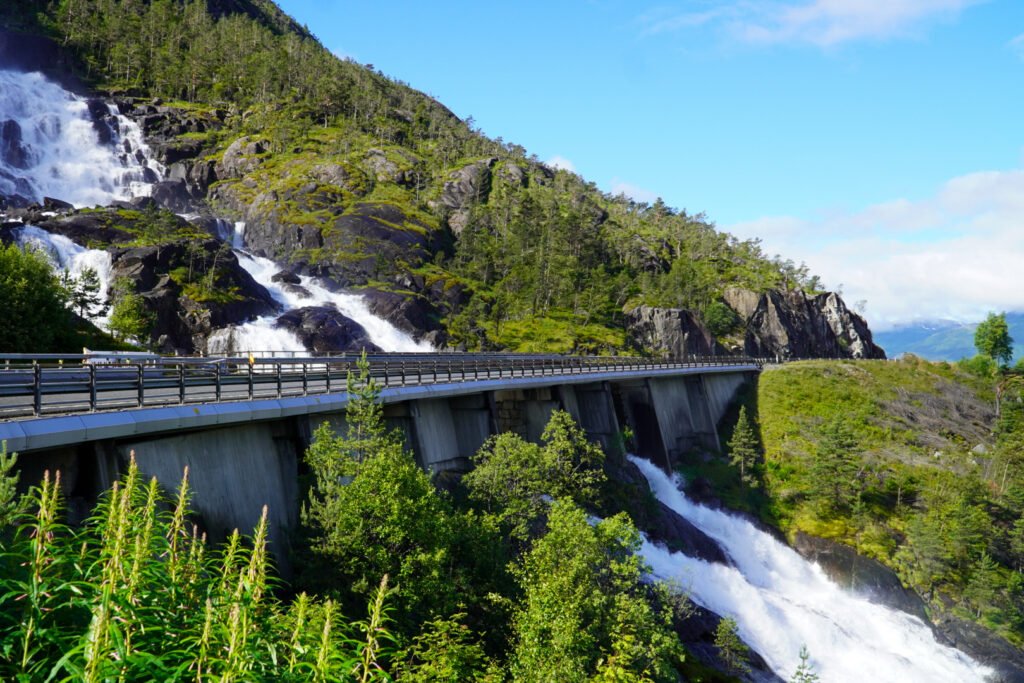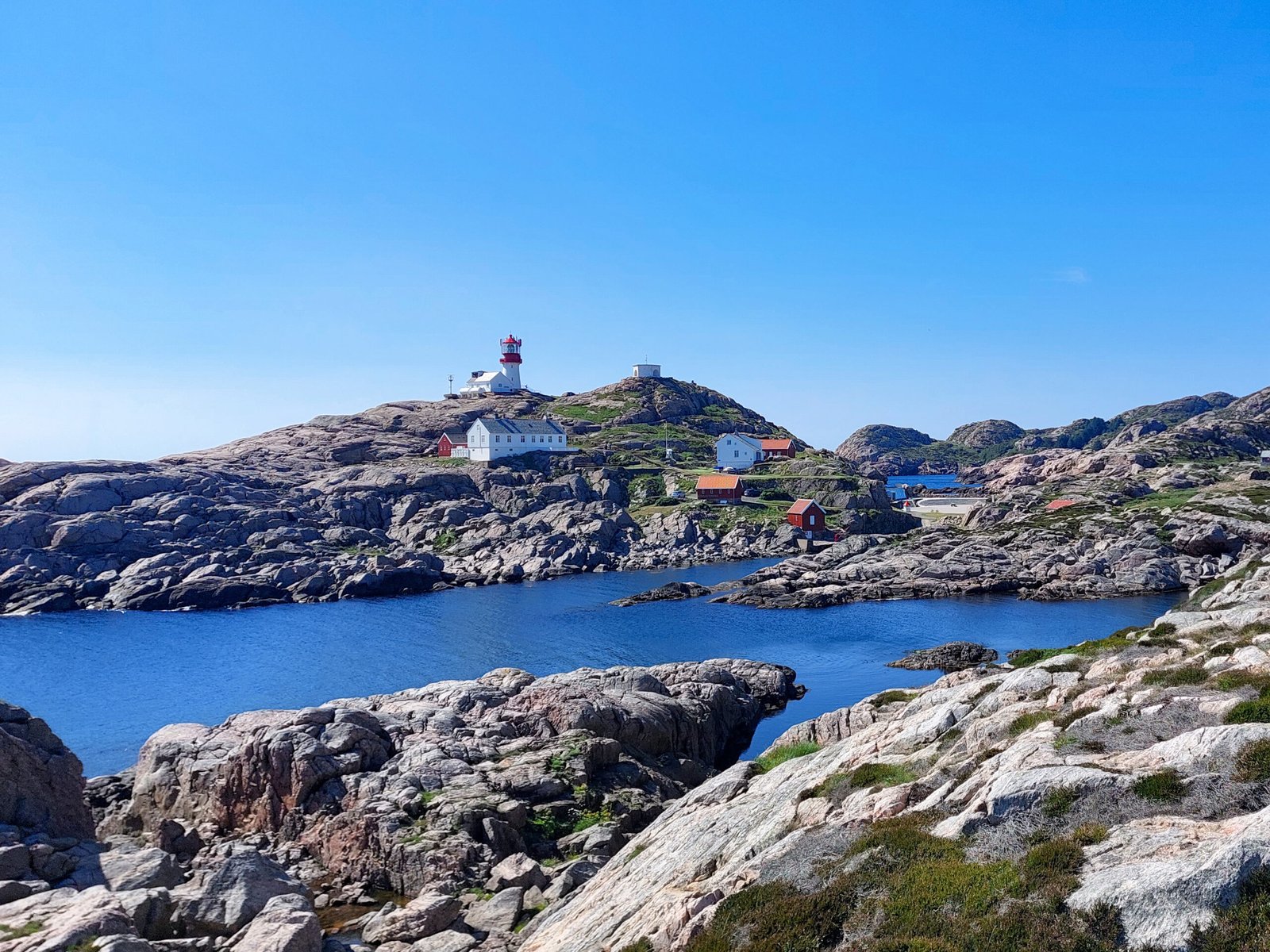Best travel tips for Norway
Is a trip to Norway on your radar, or is it high on your travel wishlist?
Whether you are planning a summer road trip through the fjords or dreaming of chasing the Northern Lights in winter, Norway is a destination that stirs the soul. With its jaw-dropping nature, efficient infrastructure, and deep-rooted traditions, it is the kind of place where every turn brings a new postcard view. In this guide, we share our best practical tips based on our own journey through Norway. Now you can explore this stunning country smartly, sustainably, and with full enjoyment. Read our travel tips for Norway and prepare yourself for an amazing trip to this fantastic country.
When is the best time to visit Norway?
Norway is a year-round destination, but your experience will depend heavily on the season:
- Summer (June to August): The midnight sun makes for long, golden days, perfect for hiking, kayaking, and road tripping and camping. It is also high season, so book early.
- Autumn (September to October): A quieter time with changing colours, fewer tourists, and ideal for scenic drives.
- Winter (November to March): Think snow, cozy cabins, skiing, and magical chances to see the Northern Lights in Tromsø or Lofoten.
- Spring (April to May): Waterfalls roar from melting snow and nature comes alive again, though higher mountain passes might still be snow-covered.
Regional Note:
Coastal areas tend to have milder winters than the interior. Inland regions like Hardangervidda or the north can be cold and snowy even in April, while Bergen stays relatively temperate year-round.
How to get around Norway efficiently
- Car Rental / Road Trips: The absolute best way to explore Norway is by car or camper(van). The roads are in excellent condition, and scenic routes like the Atlantic Road or Trollstigen are world-class experiences. Be prepared for many tunnels and ferries. We drove our camper for almost one month during the Summer and it was the perfect way to experience freedom and nature. But watch out: toll roads and fuel prices can add up quickly.
- Ferries: Norway’s long coastline means ferries are part of many routes. Most are frequent and easy to use, just drive on and pay by plate.
- Trains and Buses: Public transport is clean and efficient, but often limited in remote areas. The Bergen Railway and Flåm Railway are scenic highlights.
- Domestic Flights: For covering long distances, flying is convenient (e.g. Oslo to Tromsø), though less sustainable.
Want to compare travel times and routes? Check the Entur app, Norway’s national transport planner.

How to pay in Norway?
- Cards are King: Norway is almost completely cashless. You can pay everywhere with a credit or debit card, even for a toilet visit or a waffle at a mountain hut.
- ATMs: Rarely needed, but available in larger towns.
- Mobile Payments: VIPPS is the Norwegian mobile payment app, but only works with local bank accounts.
Top Destinations in Norway
- Oslo: The capital is relaxed and green, with highlights like the Opera House, Vigeland Park, and the Munch Museum.
- Bergen: The gateway to the fjords, with colorful wooden houses in Bryggen and access to Norway’s wild west coast.
- Lofoten Islands: Dramatic mountains, fishing villages, white beaches, and picture-perfect hikes, maybe Norway’s most photogenic region.
- The Fjords, like Geirangerfjord, Hardangerfjord en Sognefjord: UNESCO-protected fjords surrounded by steep cliffs and waterfalls.
- Tromsø: Your go-to place for Arctic adventures and chasing the aurora borealis.
We traveled by camper through the fjord region, up to Bergen, and down via the inland highlands, and we can easily say: this country is nature overload in the best possible way.
What to eat in Norway?
- Salmon and Seafood: Norway is famous for its fish, from gravlax to cod and fresh prawns.
- Waffles (Vafler): Often served with sour cream and jam, a must-try Norwegian treat.
- Reindeer and Moose: Found more often in the north, often served in stews (we skipped those, but they are traditional).
- Plant-Based Options: Growing fast in cities! In Oslo and Bergen we found great vegan spots and supermarkets like Rema 1000 and Coop have plant-based basics.
Convenience food can be expensive, we mostly cooked in and around our camper to keep the budget under control.

Best travel tips for Norway
One of the beautiful lighthouses in Norway
Where to stay in Norway?
- Hotels: Clean, comfortable, and expensive, especially in cities. Book early in summer and book here!
- Cabins (Hytter): Found everywhere from campsites to remote valleys. Often basic but cozy.
- Airbnbs: A good alternative, especially for longer stays.
- Wild Camping: Our favourite, legal and popular thanks to allemannsretten (read more here!), the right to roam. Just stay respectful and leave no trace.
We stayed in a wild camping spots and some campsites. Waking up next to a fjord was worth every cold morning.
Useful Apps and tools for Norway
- Google Maps: Great for navigation, though sometimes offline maps help in remote areas.
- Entur: Norway’s all-in-one travel planner for public transport.
- Park4Night: Essential for campervan travelers to find legal and scenic overnight spots.
- YR: The best weather app for Norway, very accurate and locally made.
- Vipps: For locals — not usable with foreign bank accounts.
Staying connected in Norway
Staying connected in Norway is simple and reliable, but what is better: an eSIM or a local SIM card? Here is what we found:
eSIM (Best for Convenience & Europe-Wide Travel, book your eSIM here!)
• No need to visit a store – activate it online and connect as soon as you land.
• Perfect for those traveling across multiple European countries, as many eSIM providers cover Norway and the rest of Europe.
Local SIM Card (Best for Budget & Long-Term Stays)
• Telenor and Telia are the main providers, with SIM cards available at airports, convenience stores, and electronics shops.
• Local SIMs often offer more data for the price, especially useful if you stream, work remotely or use a hotspot.
• Better rural coverage in mountainous and fjord regions.
Our Verdict: For short visits or if you are continuing your travels across Europe, an eSIM is the most hassle-free option. But if you are staying a few weeks and need reliable data while exploring remote areas, a local SIM from Telenor or Telia might be the better deal.
Budget tips for traveling in Norway
- Self-Catering: Cook your own meals, shop at cheaper supermarkets like KIWI or Rema 1000.
- Accommodation: Mix wild camping with occasional paid campsites or book other accommodation to balance comfort and cost.
- Transport: Use ferry passes or discount toll subscriptions if you rent a car.
- Alcohol: Buy in duty-free or limit, it is very expensive in stores and restaurants.
Yes, Norway is pricey, but with smart choices it is absolutely doable, and every penny is worth the views.
Cultural tips for Norway
- Quiet and Respectful: Norwegians value personal space and nature, do not expect small talk.
- Tipping: Not expected, though rounding up is appreciated.
- Shoes Off: Common in homes and some accommodations.
- Sustainability: Norwegians are very eco-conscious, recycle, conserve water, and leave no trace in nature.
Frequently Asked Questions about traveling in Norway
Q: Do I need a visa to visit Norway?
A: Norway is part of the Schengen Area. Most travelers from Europe, the US, Australia, and more can stay visa-free for up to 90 days.
Q: Is it safe to drink tap water?
A: Yes, Norway has some of the cleanest tap water in the world.
Q: Do I need to speak Norwegian?
A: Not at all. English is widely spoken, especially among younger Norwegians and in service industries.
Q: Is it really that expensive?
A: Yes and no. Restaurants and hotels can be pricey, but nature is free and the infrastructure is great for self-planned trips.
Ready to Discover Norway?
Norway is raw, pure, and unforgettable. From silent mornings by the fjords to windy hikes on the edge of the world, it is a destination that grabs you by the heart. With a bit of planning, it is more accessible than you might think. Do you have questions about our travel tips for Norway or want to share your own Norway story? Send us a message here or find us on Instagram, we would love to hear from you!
The Booming Journey | 15 April 2025 | ©all rights reserved